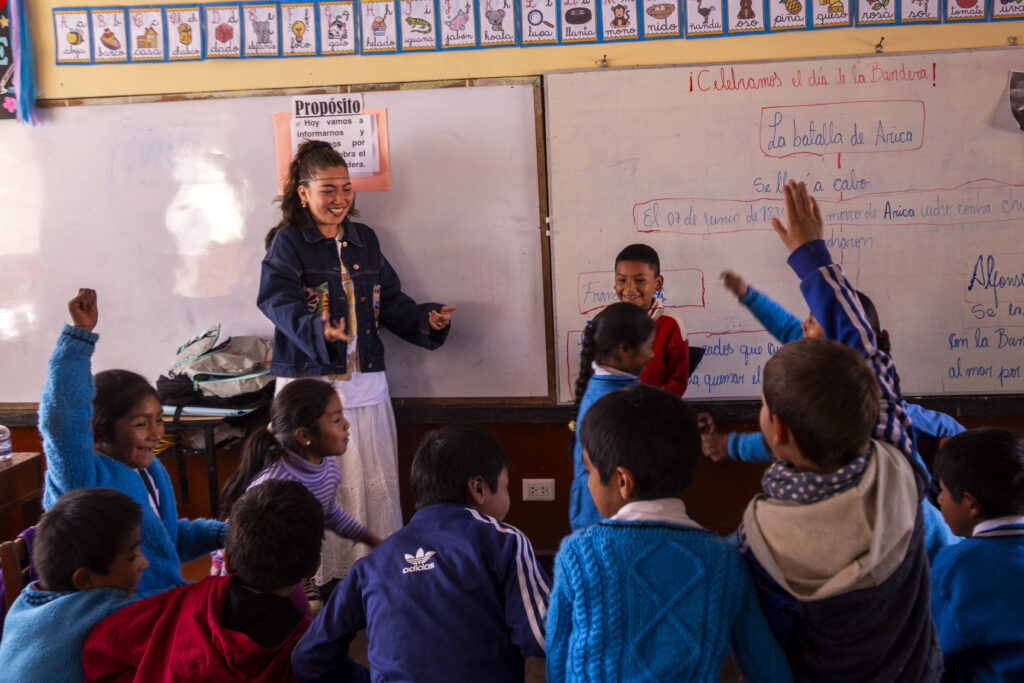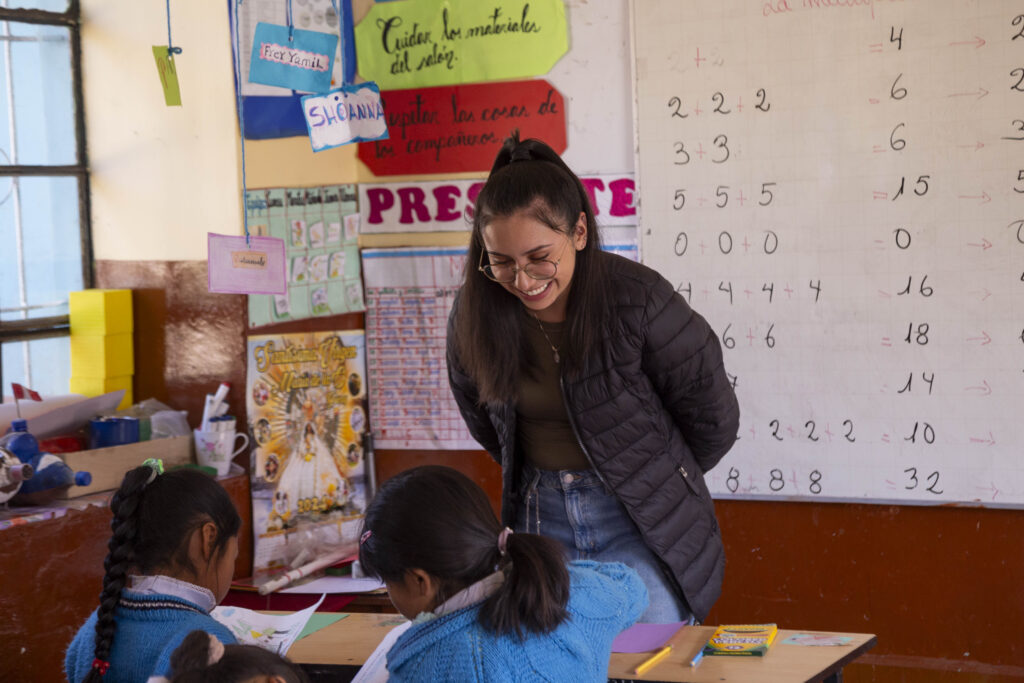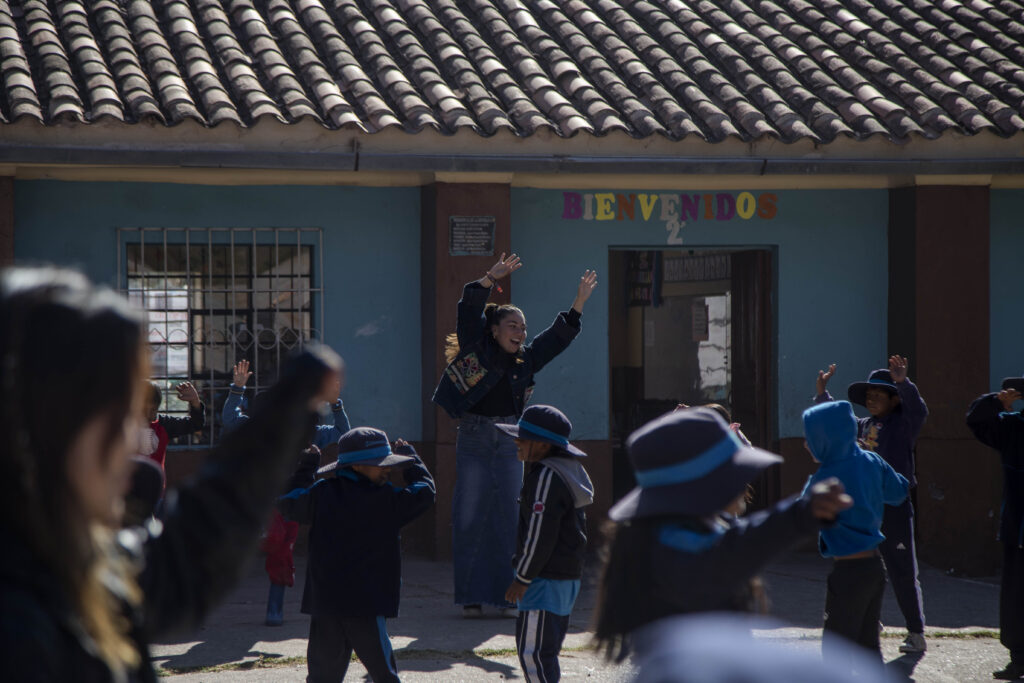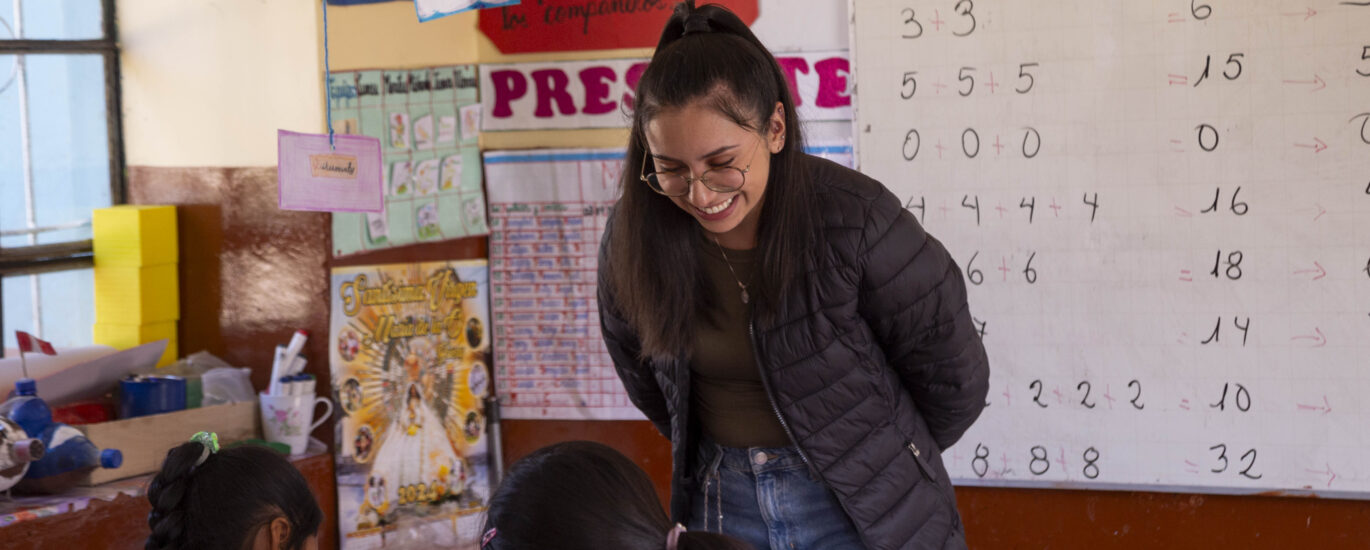Teaching in a foreign language presents a unique set of joys and challenges. On one hand, it is incredibly rewarding to see children grasp new concepts and skills through your guidance, especially when those concepts are taught in a language that is not their mother tongue. The excitement and curiosity that students show when they learn something new is a powerful motivator for any volunteer teacher.
However, this experience is not without its challenges. Language barriers can sometimes lead to misunderstandings, and the lack of fluency can make it difficult to convey complex ideas. Yet, these challenges also offer an opportunity for growth, both for the students and for volunteers, who learn to adapt their teaching methods to overcome these hurdles.

Building Cross-Cultural Connections in the Classroom
One of the most enriching aspects of volunteer teaching abroad is the opportunity to build cross-cultural connections. In the classroom, these connections are formed through daily interactions and the sharing of cultural experiences. These interactions help to break down stereotypes and foster mutual respect and understanding.
Volunteer teachers often find that they learn just as much from their students as the students learn from them. This exchange of knowledge and culture can create a more inclusive and empathetic classroom environment, where students feel valued and understood. The bonds formed in these settings often extend beyond the classroom, creating lasting friendships and networks.
The Impact of Volunteer Teaching on Local Communities
Volunteer teaching has a profound impact on local communities. By providing educational support, volunteers can help to fill gaps in the local education system, often in under-resourced areas. This support can lead to improved educational outcomes for students, which in turn can have a positive ripple effect on the entire community.
Moreover, volunteer teaching initiatives often bring additional resources and attention to the schools and communities they serve. This can lead to further investments in education and infrastructure, improving the overall quality of life for local residents. The presence of volunteer teachers also helps to promote a culture of volunteerism and community service, inspiring others to get involved and make a difference.

Preparing for Your Volunteer Teaching Journey
Preparation is key to a successful volunteer teaching experience. Prospective volunteers should take the time to research the country and community where they will be teaching, including learning about the local culture, customs, and education system. Familiarizing yourself with the local language, even at a basic level, can also be incredibly beneficial.
In addition to cultural and linguistic preparation, it is important to have a clear understanding of the expectations and responsibilities of the volunteer teaching role. This includes understanding the curriculum, the needs of the students, and any specific teaching methods or materials that will be used. Proper preparation ensures that volunteers can hit the ground running and make a meaningful impact from day one.

How To Assist In Classrooms With Engaged Education
Through Engaged Education, you can work in underserved communities in Latin America and Africa through educational initiatives in local elementary schools.
Our education initiatives involve programs on health practices like hand washing and tooth brushing. You can also connect with students in their native language, like Spanish. Practice your language skills by speaking with the students, or share some of your English skills with them in return.
You can curate an Engaged Education trip with one of our advisors to fit your personal goals and needs. Book a meeting today and ask how you can work in schools abroad with Engaged Education!






